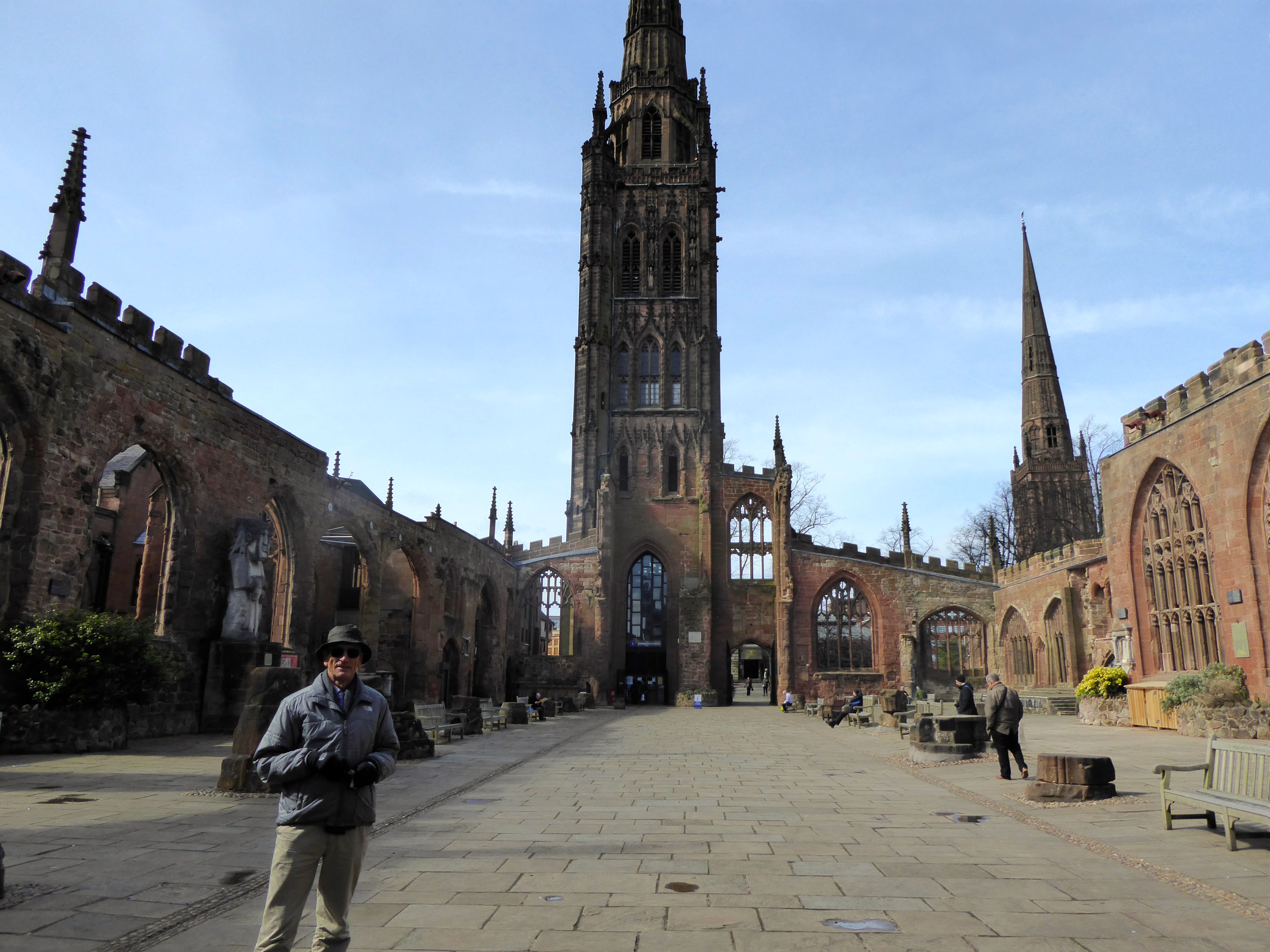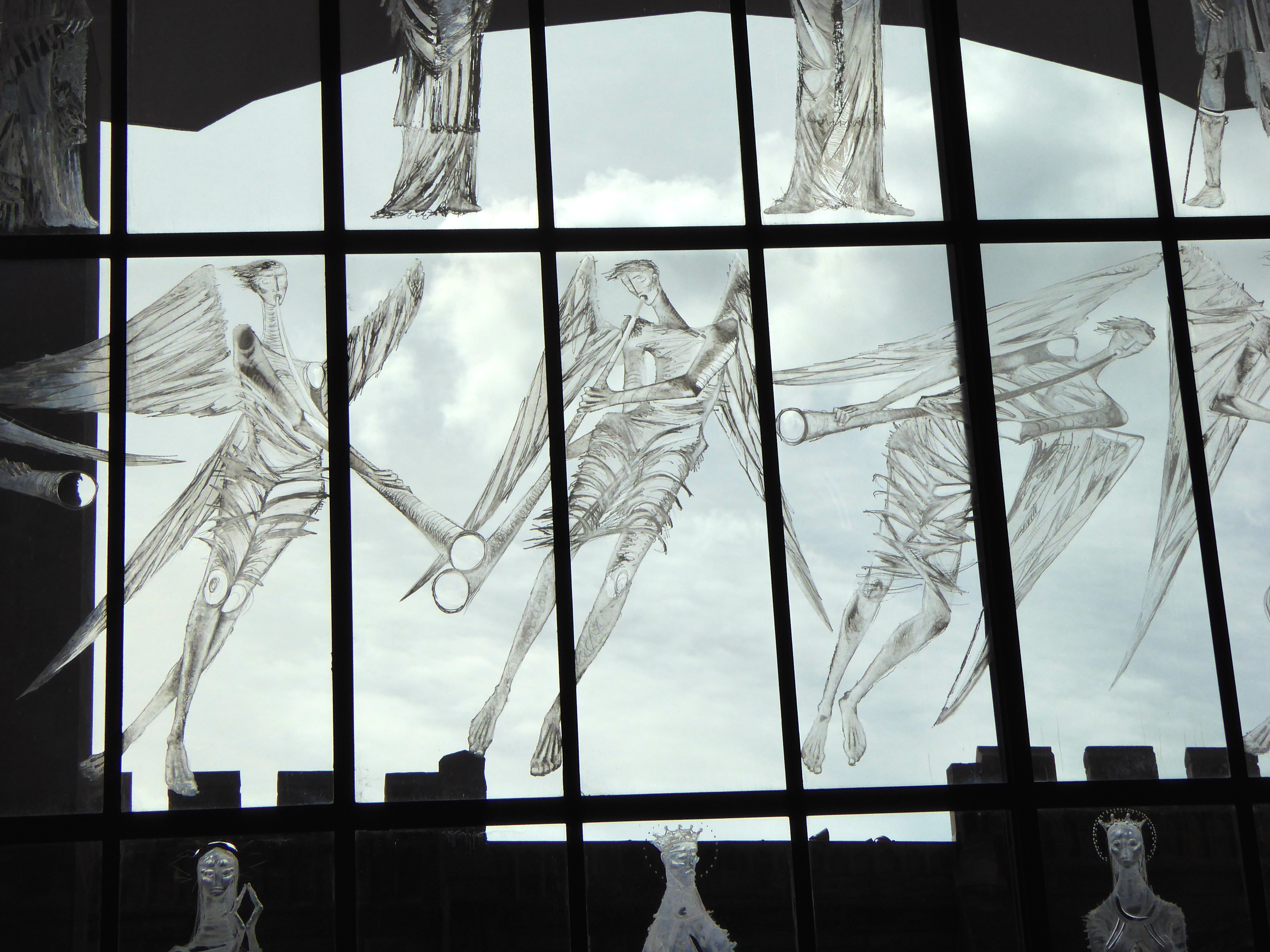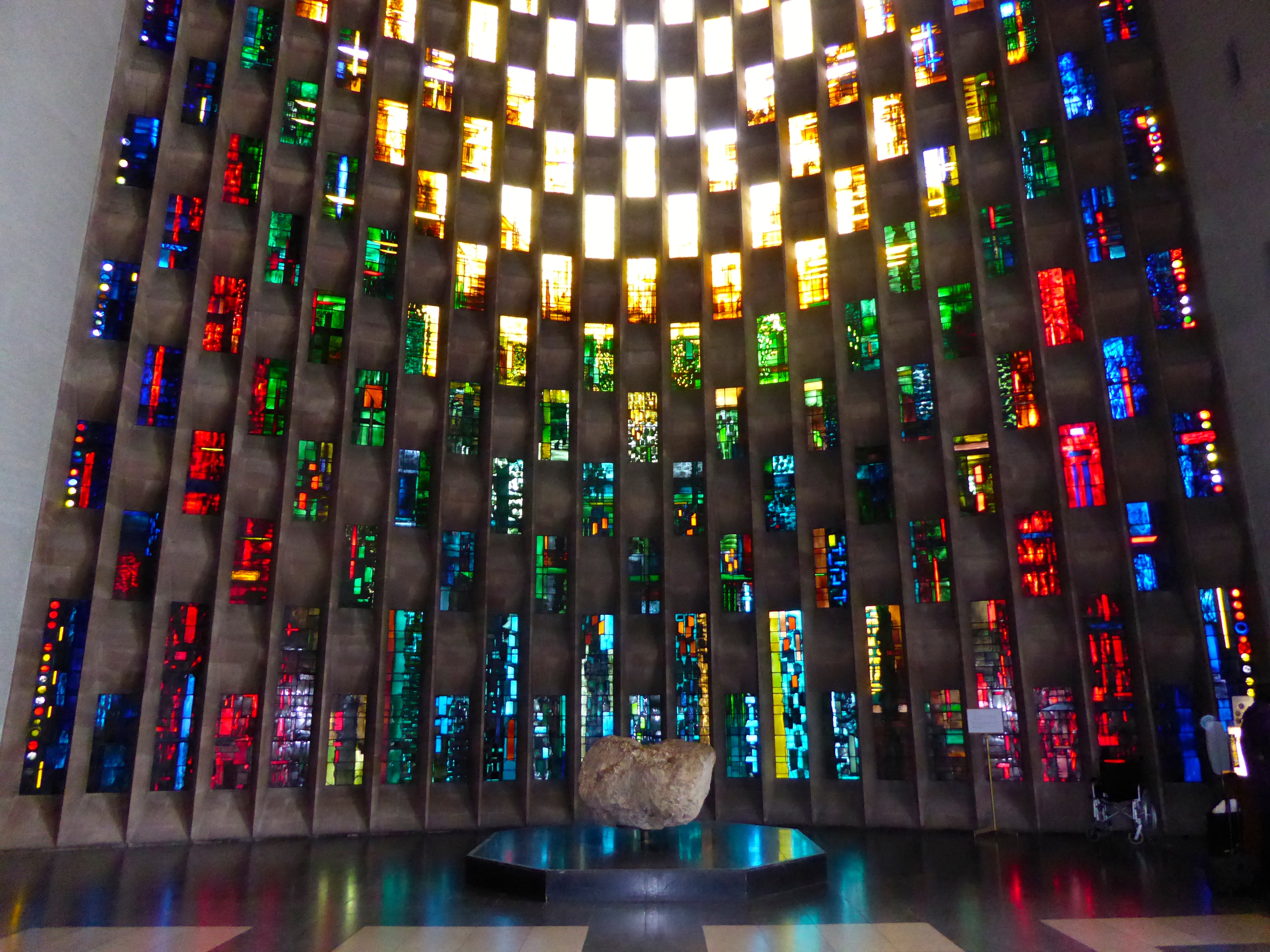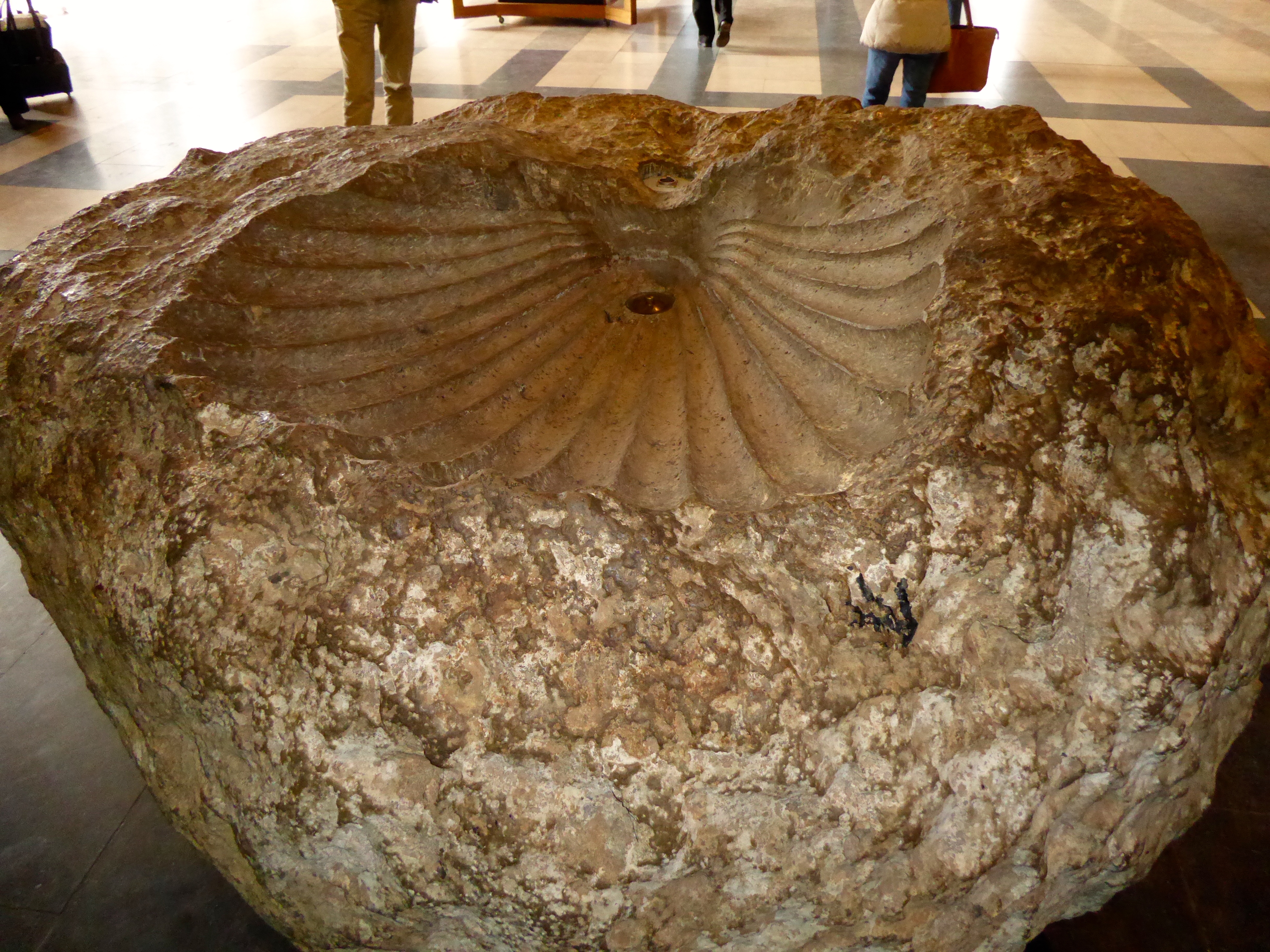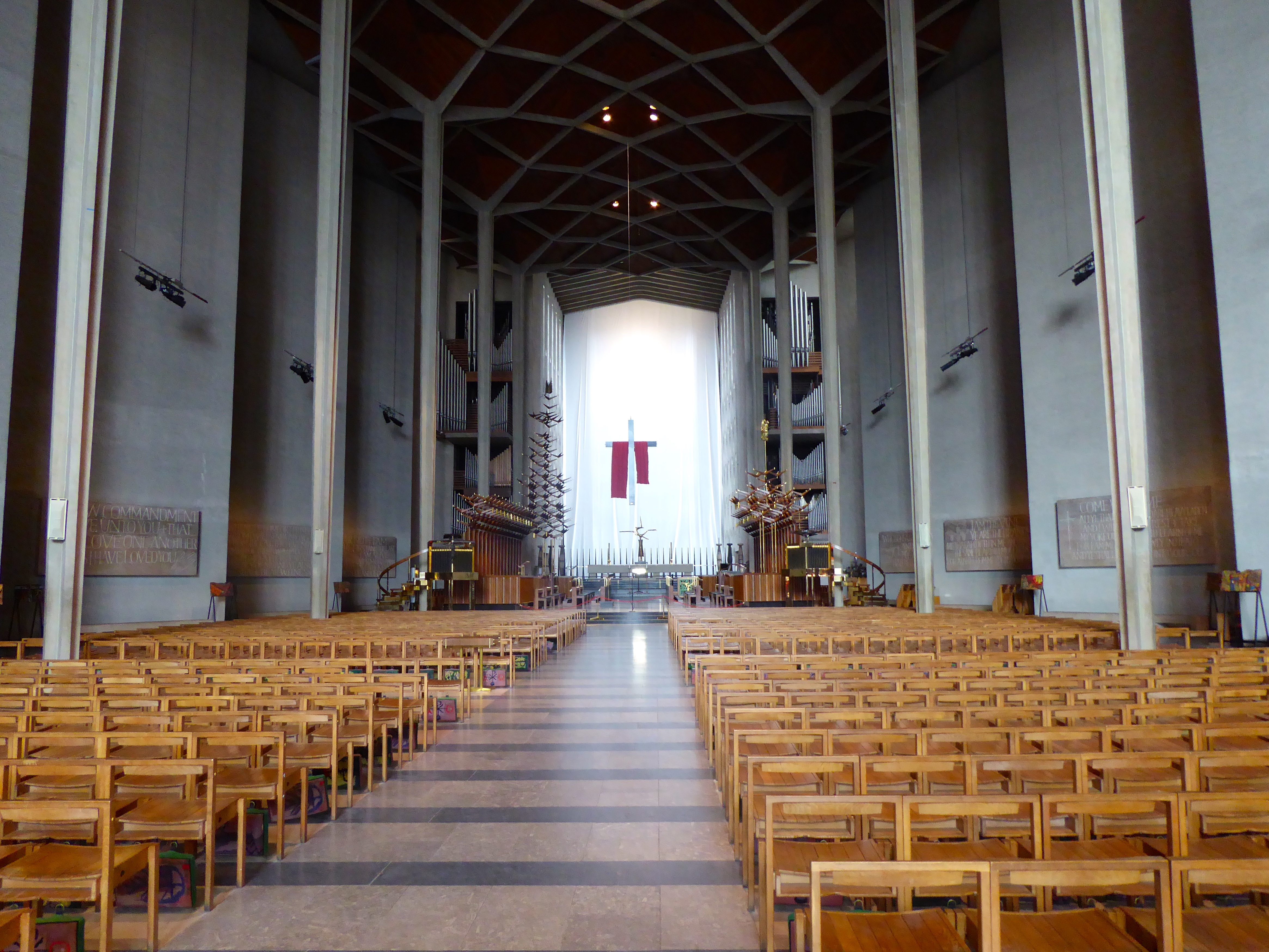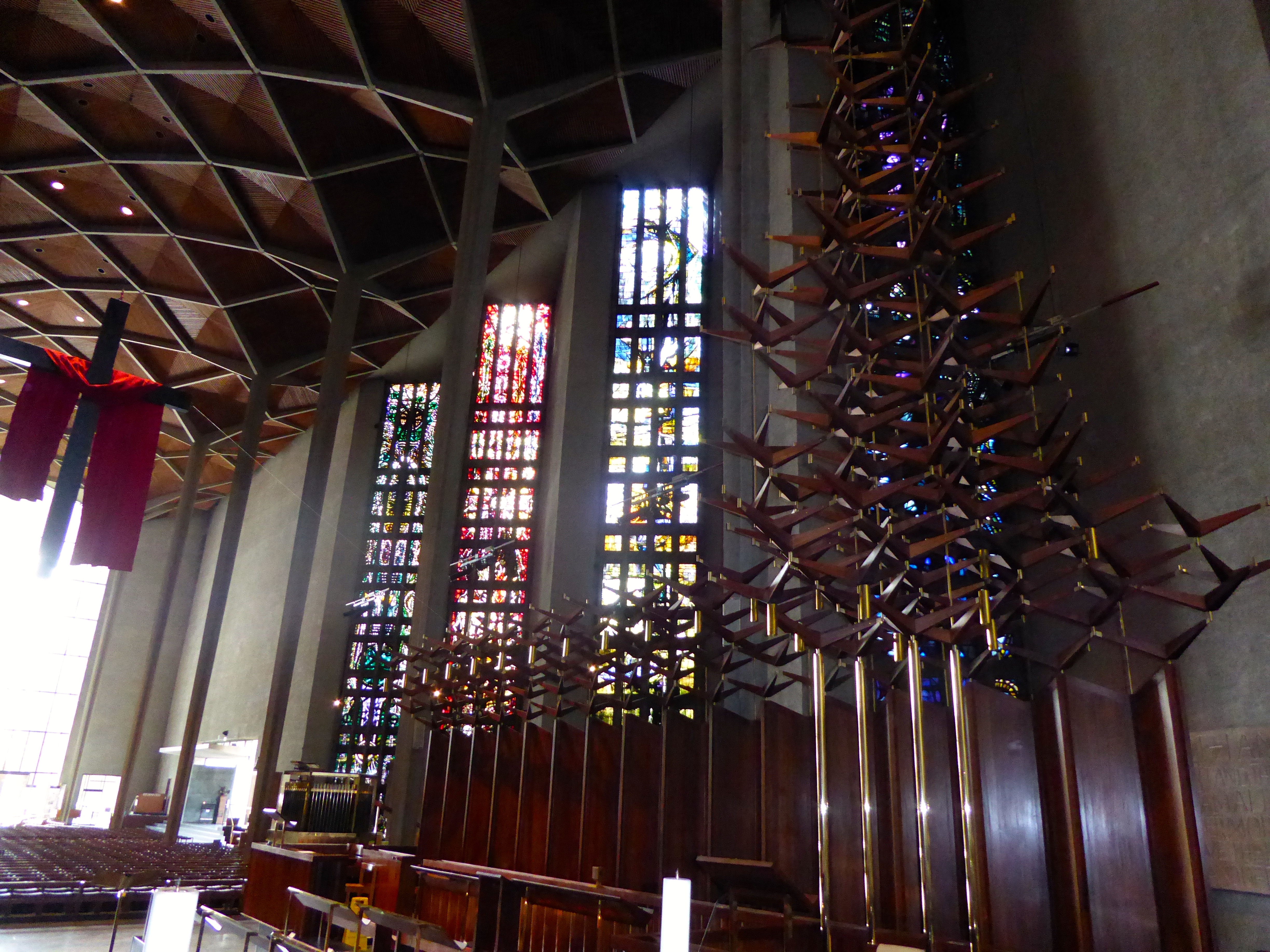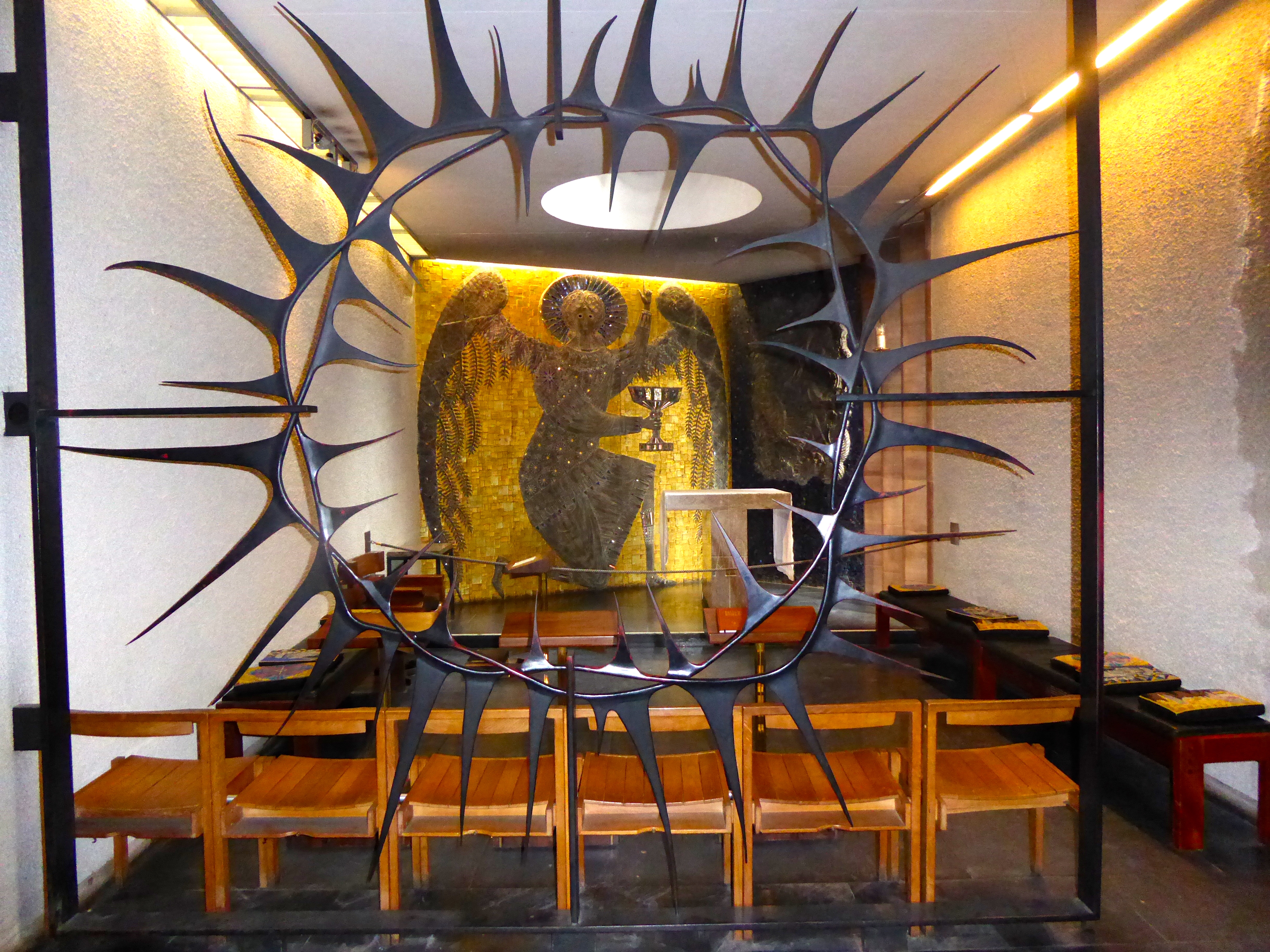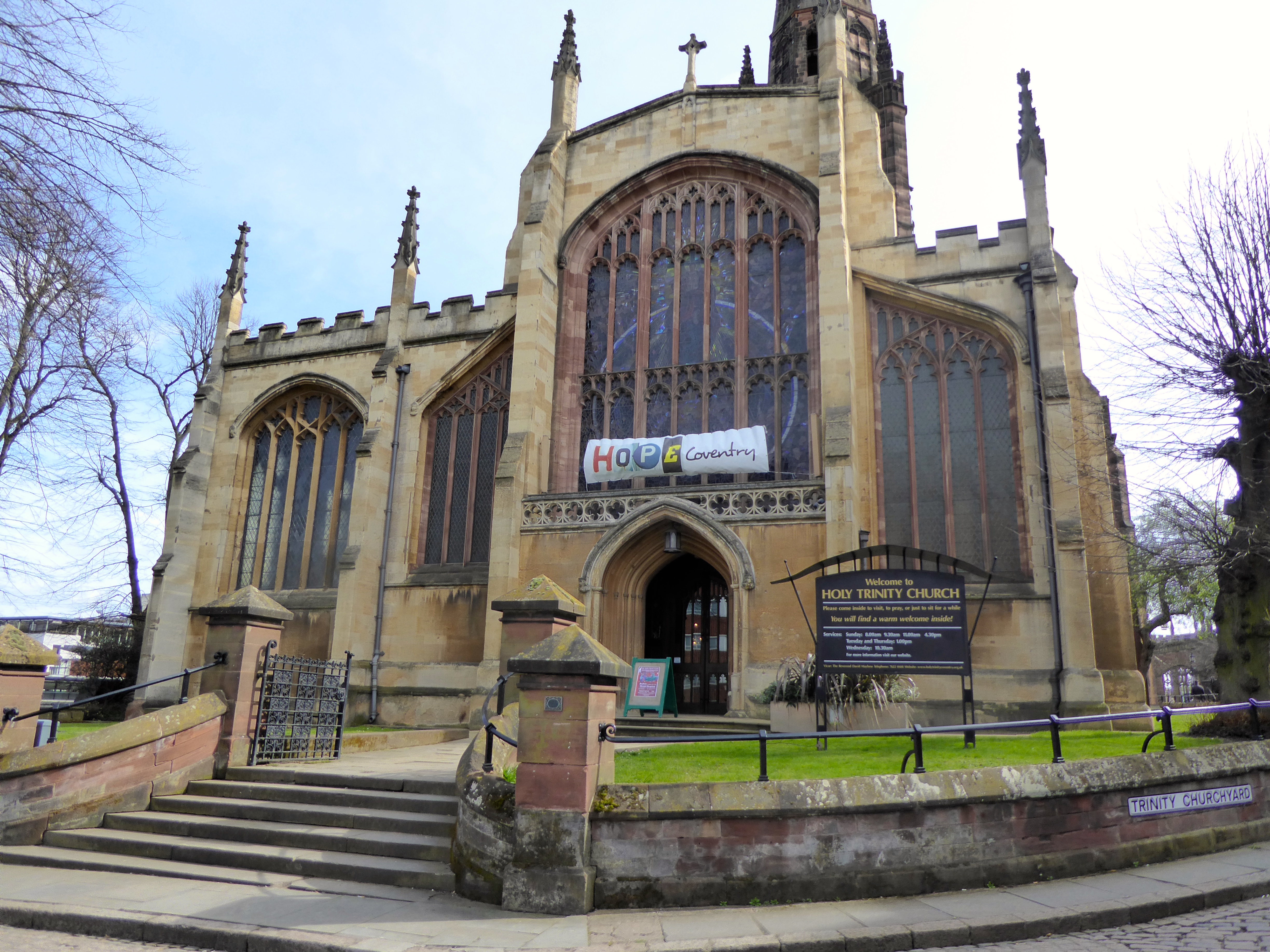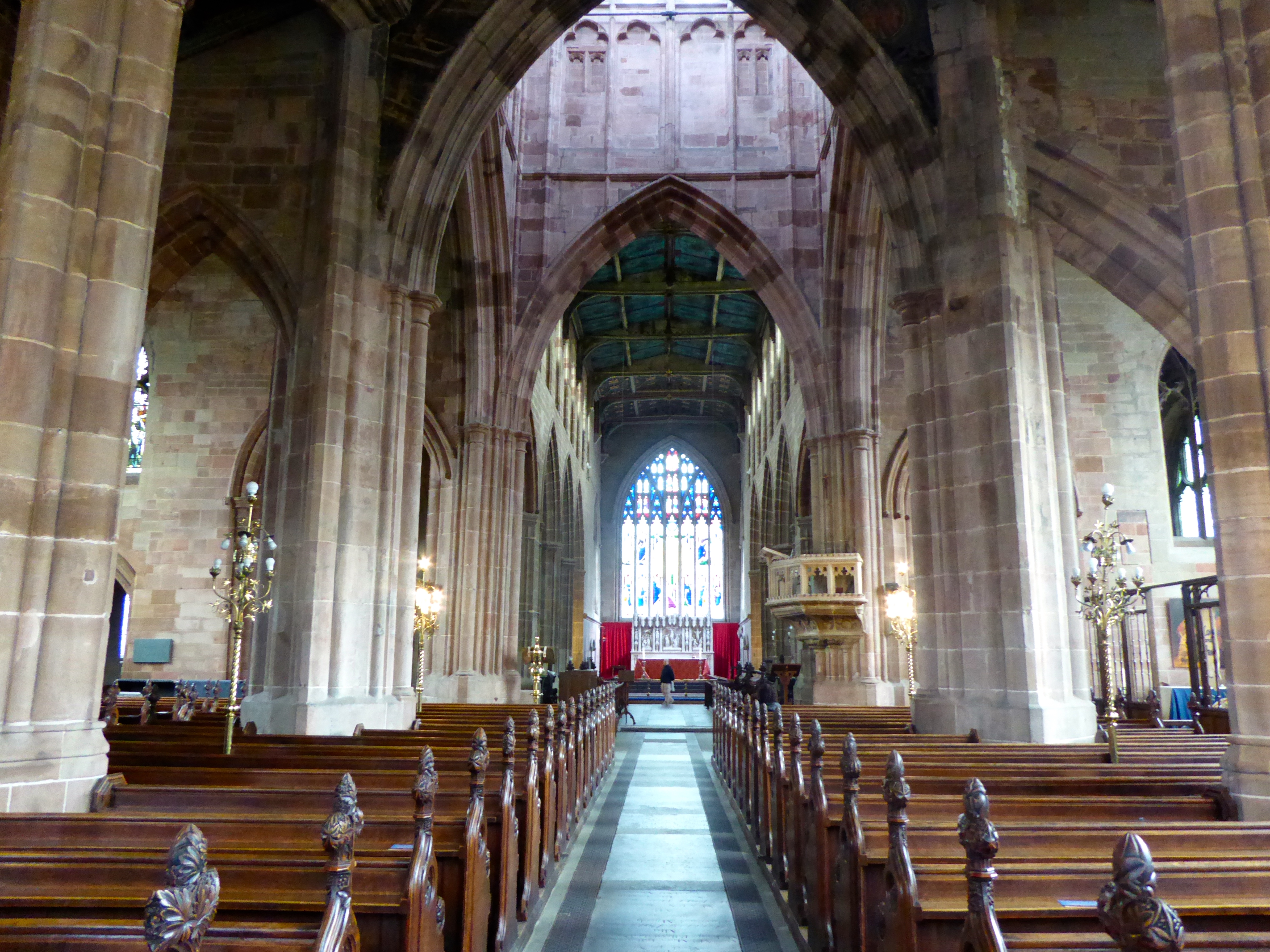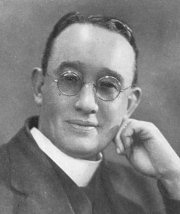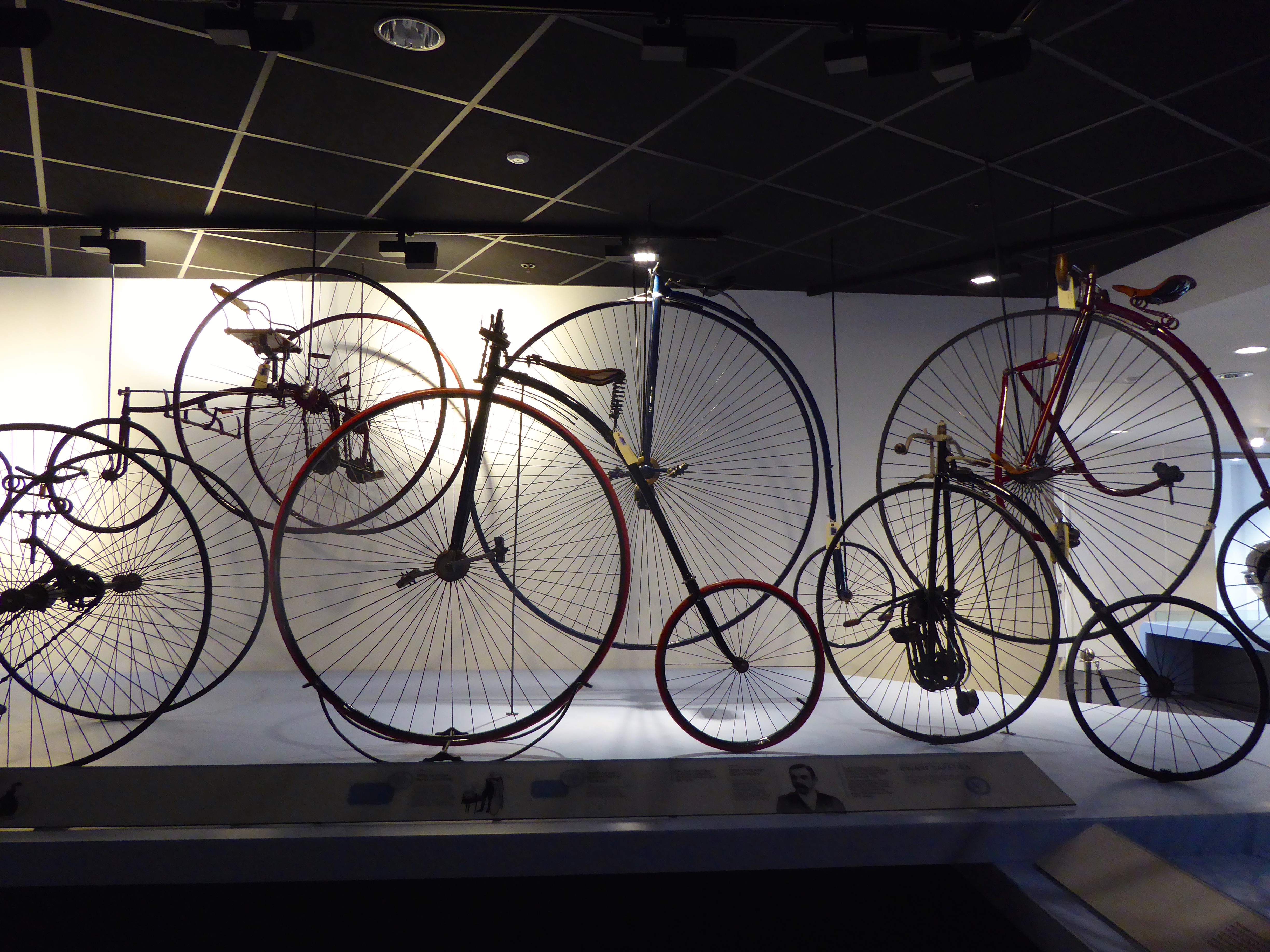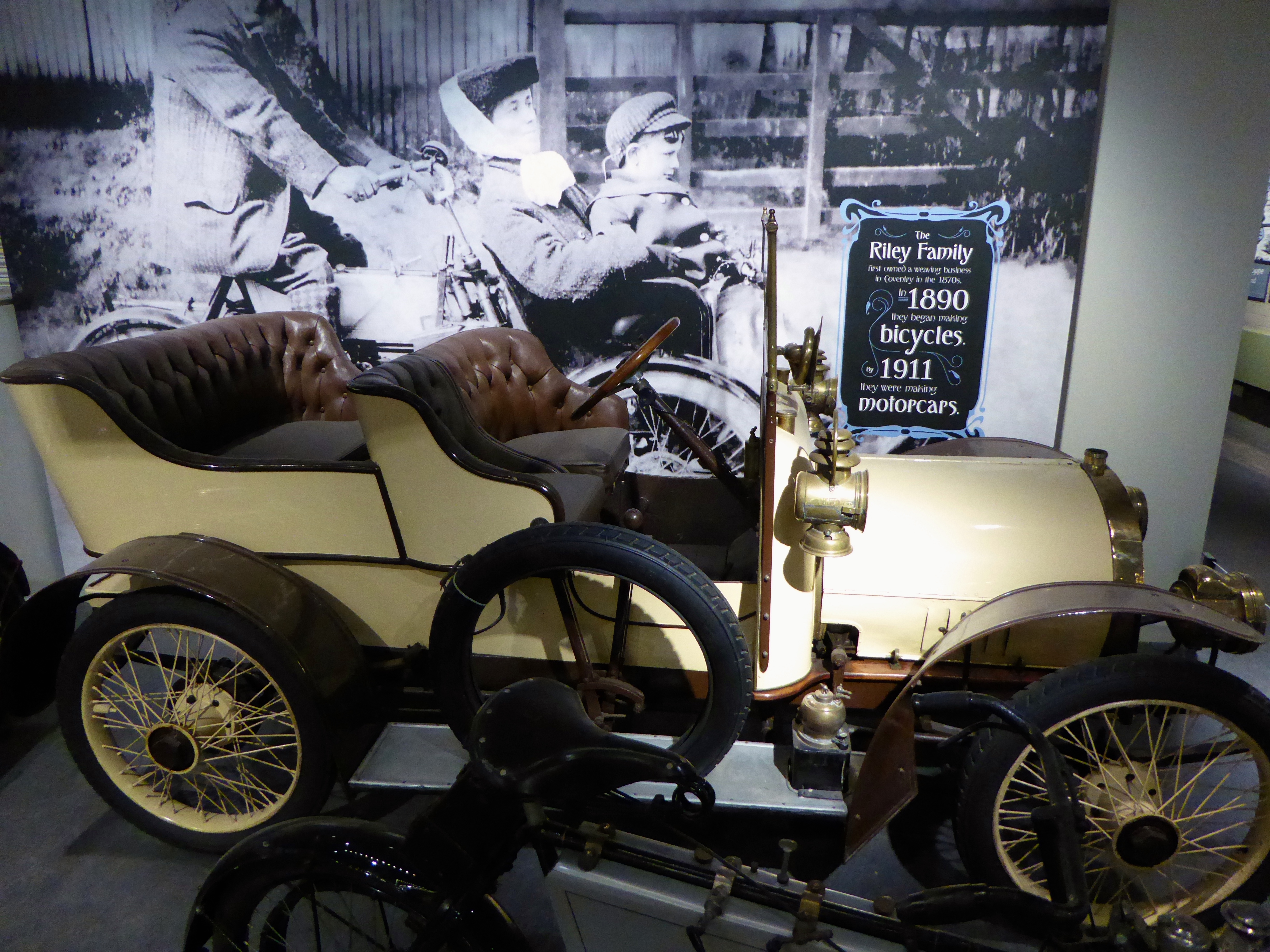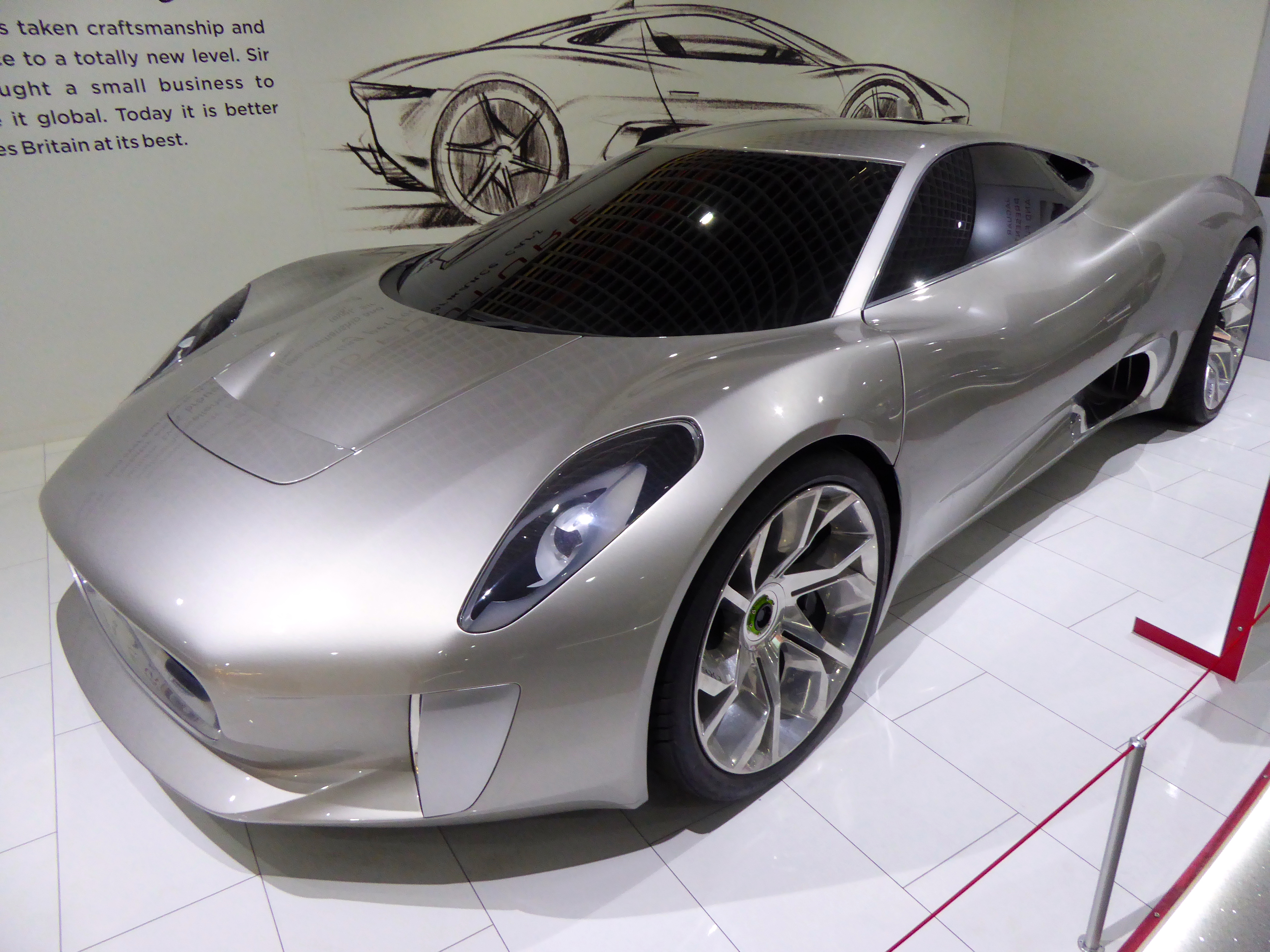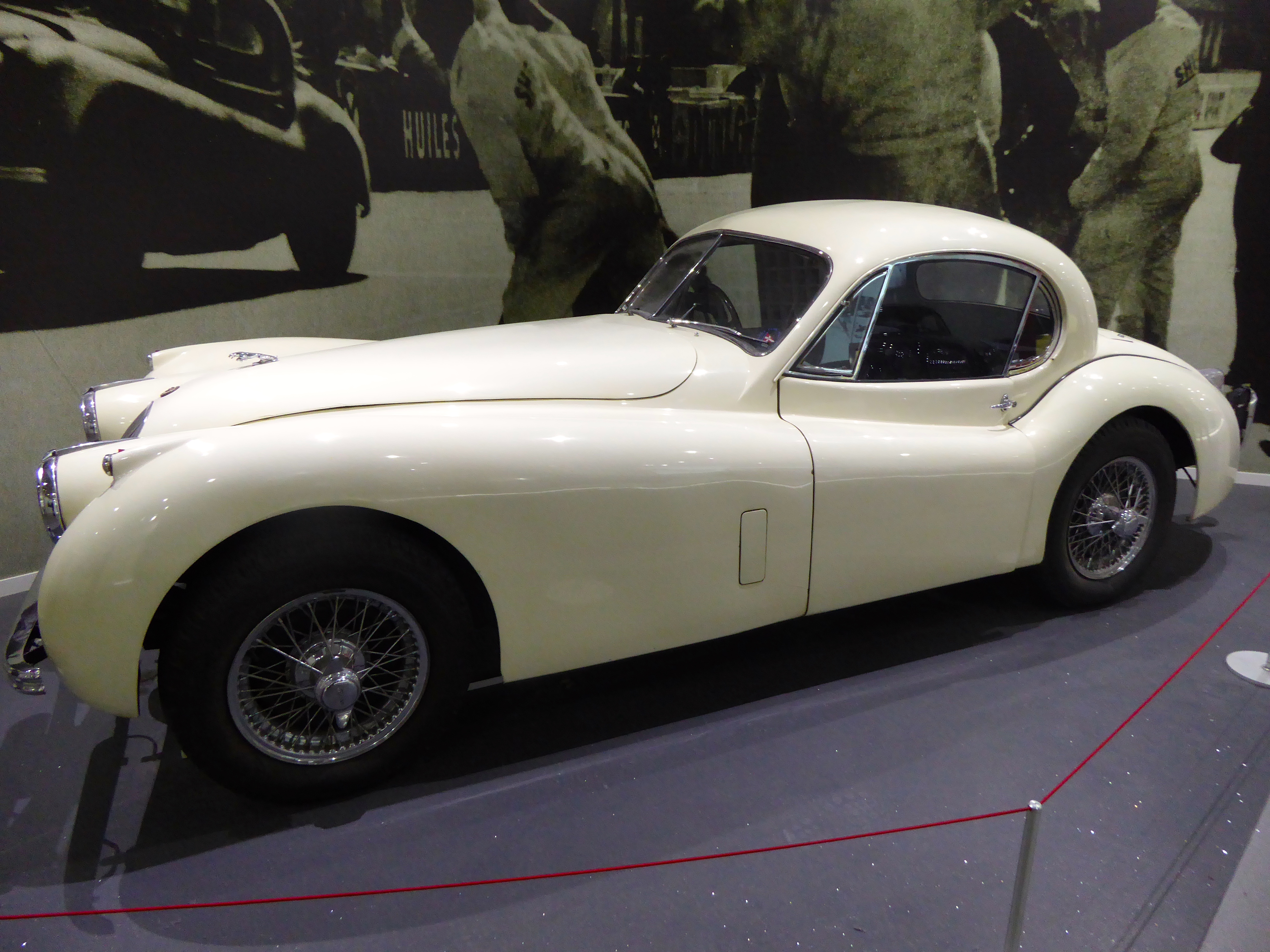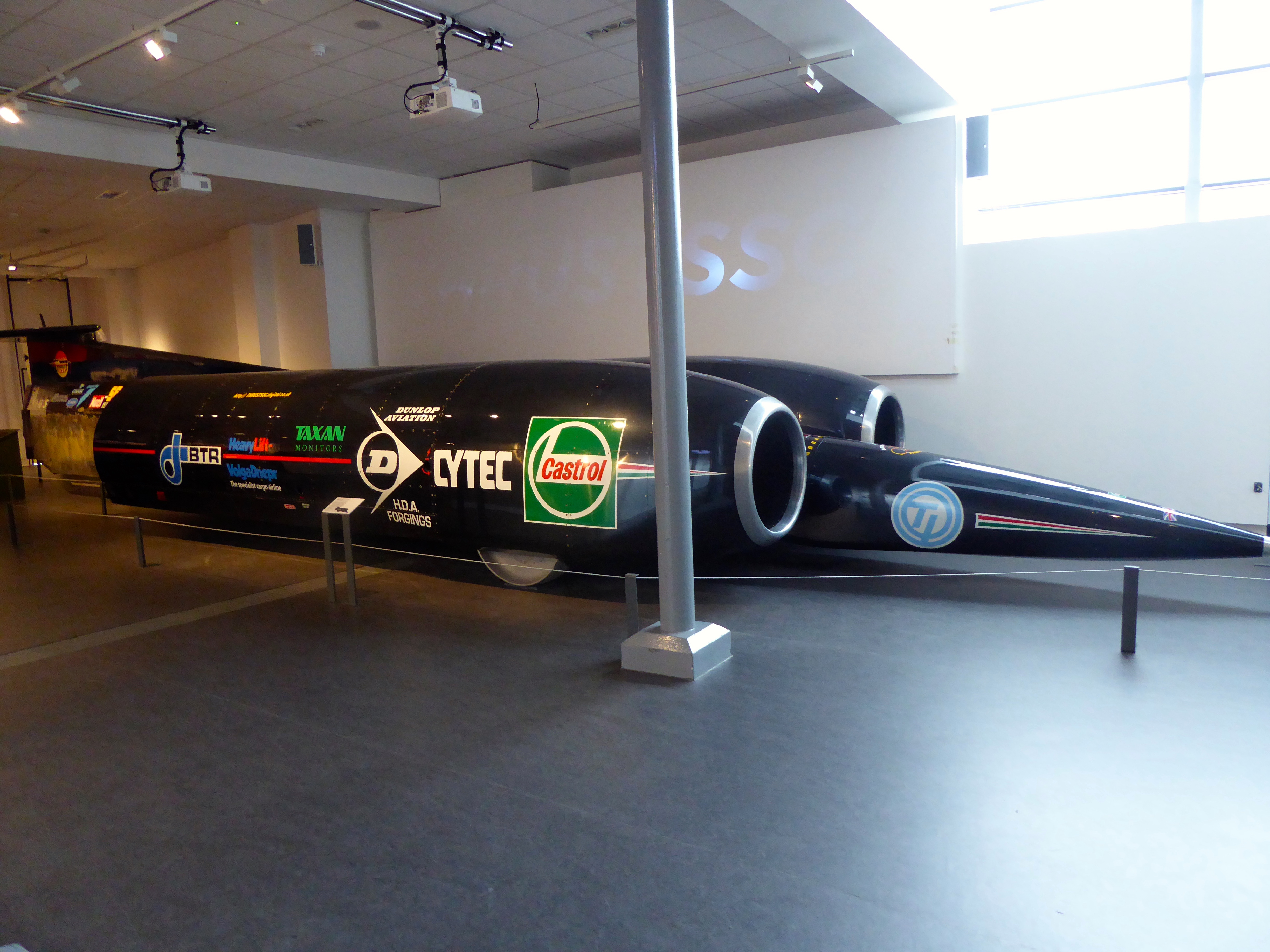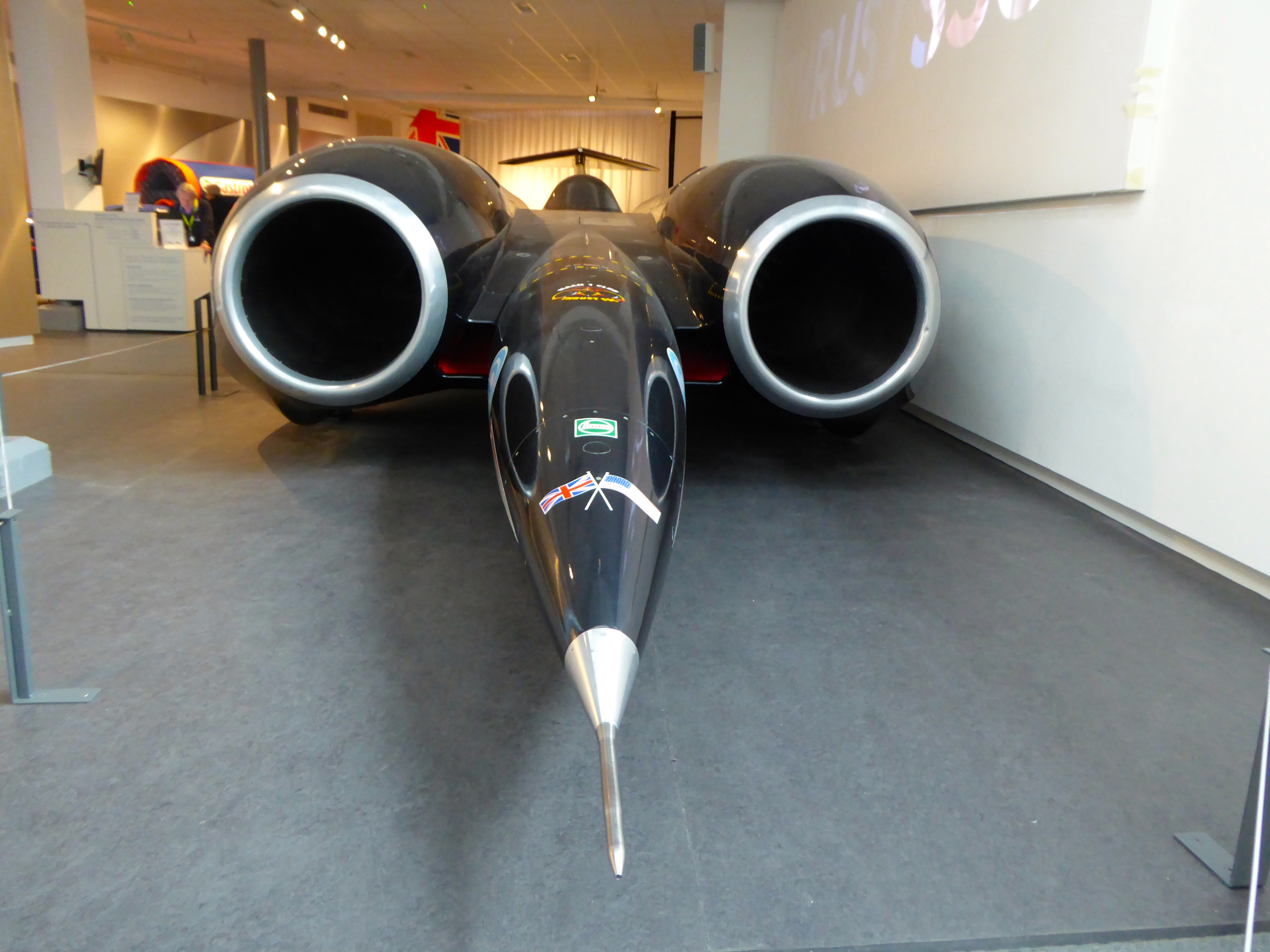This seemed to be the reaction by most people over here to our itinerary and indeed we were asking ourselves the same thing after a perilous journey through the roundabouts on the way to our very budget hotel (yes we’ve been spoiled), then dragging our luggage from an adjoining car park in the rain because they had no parking or anywhere to stop.
This feeling was further reinforced on our drawn out search for a decent pub to have our evening meal. Indeed it was mentioned out loud that why, when Coventry was bombed, didn’t they knock the rest down and put in some negotiable streets. After numerous dead ends, nearly taking out a police car and several false starts we did find a very nice pub and, after a few drinks and a good meal, things started to look up.
Back at the hotel Ed had a brimming hot bath (to get his monies worth) and we both had a good nights sleep and a great breakfast.
The next day we headed for the Cathedral and spent a really interesting day in the ruined Cathedral and then down to the new Cathedral, which I loved. Its modernist design was fairly controversial but has become a hugely popular symbol of reconciliation. The architect insisted that instead of re-building the old cathedral it should be kept in ruins as a garden of remembrance and that the new cathedral should be built alongside, the two buildings together effectively forming one church.
It has some lovely chapels, in particular the Chapel of Christ in Gethsemane, and some sensational stained glass work. We particularly liked the bowed window behind the baptismal font (which is a boulder from Bethlehem). Unfortunately the huge tapestry behind the altar was down for cleaning
We had a walk through the Holy Trinity Church and admired the courage of Rev Graham Clitheroe, vicar of Holy Trinity at the time of the bombing. He, along with his curate and one of his sons, throughout one of the heaviest and most concentrated raids of the blitz, spent the night walking up and down on the ancient rounded roof of the church, throwing the small incendiary bombs off. Next door, only about 50 metres away, the cathedral blazed after direct hits, as well as the ammunition factories nearby.
The Coventry raid was the first major raid in WW2 in which radio beam navigation was used to guide bombers to a target.
Our last stop was the Coventry Transport Museum. We didn’t realize what a big part Coventry played in the development of the bicycle and later the motorbike and car. The Museum is very interesting as you trace the first penny farthing bikes, through to racing bikes, the original cars through to the latest Jags and finally the different models of land speed record breakers, including the first vehicle to break the sound barrier and set a new land speed record.
As we left the next morning and the boom gate lifted to let us out of the car park, an enormous gust of wind ripped it out of its moorings and hit us a glancing blow
(no damage) before collapsing in a heap of wood and wires. Is there some significance in that?
Bombing statistics
• 522 German bombers took off from France.
• 21 bombers made a diversionary raid on London, 22 more laid mines on the Thames.
• 449 bombers (according to German records) actually reached Coventry.
• 1 enemy aircraft officially shot down by anti-aircraft guns. Another claimed but not confirmed.
• 135 sorties flown by defence aircraft, only two actually opened fire on bombers, but none shot down.
• 881 canisters containing a total of around 30,000 incendiaries were dropped.
• 64 light capacity flare-bombs were dropped.
• Between 1,200 & 1,600 high explosives and oil bombs, totalling 503 tons, were dropped.
• The high explosives contained a mixture of between 50kg and 500kg in weight.
• Among the HE’s were around 50 parachute mines (also known as land-mines) weighing 1,000kg each.
